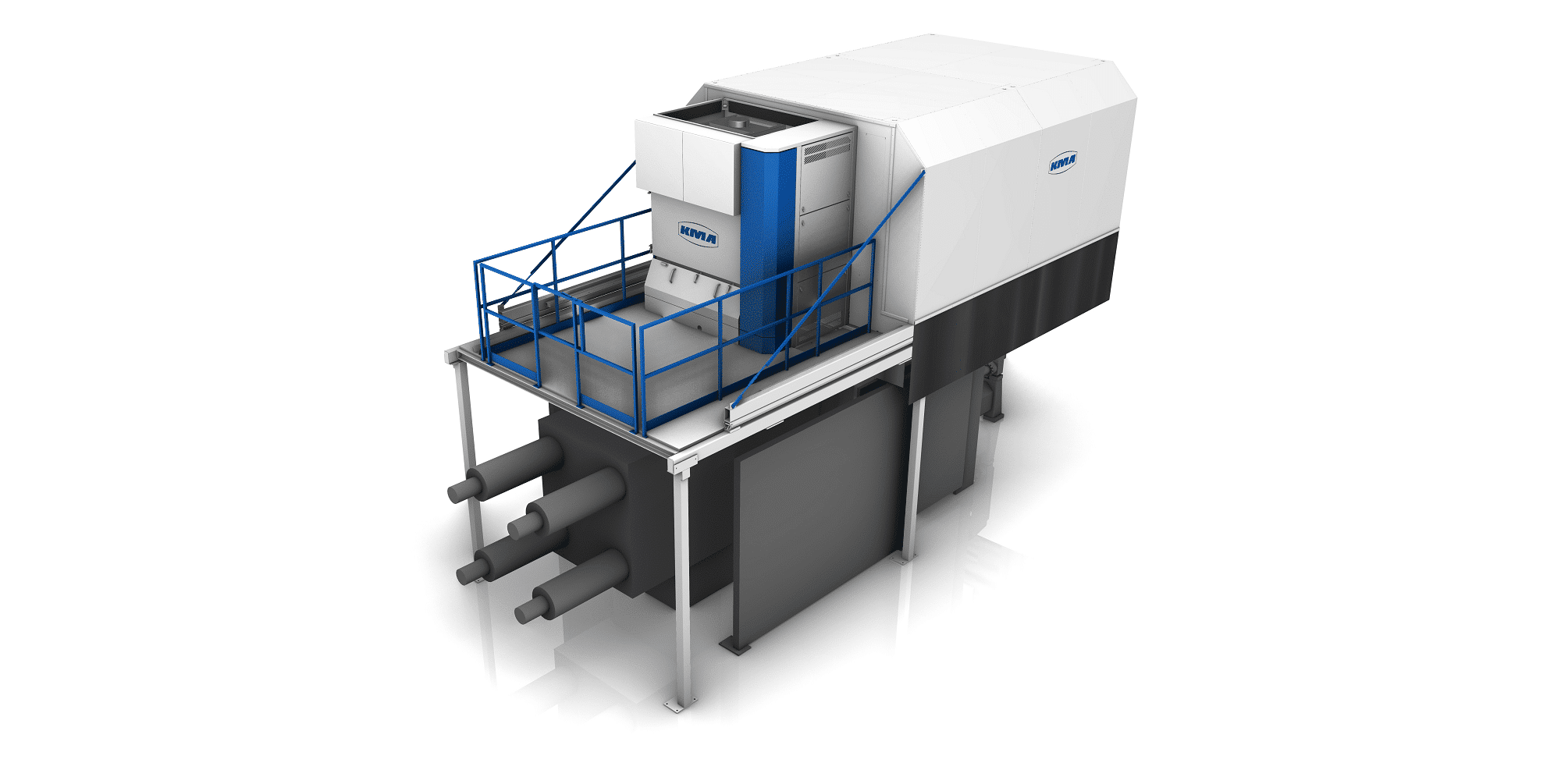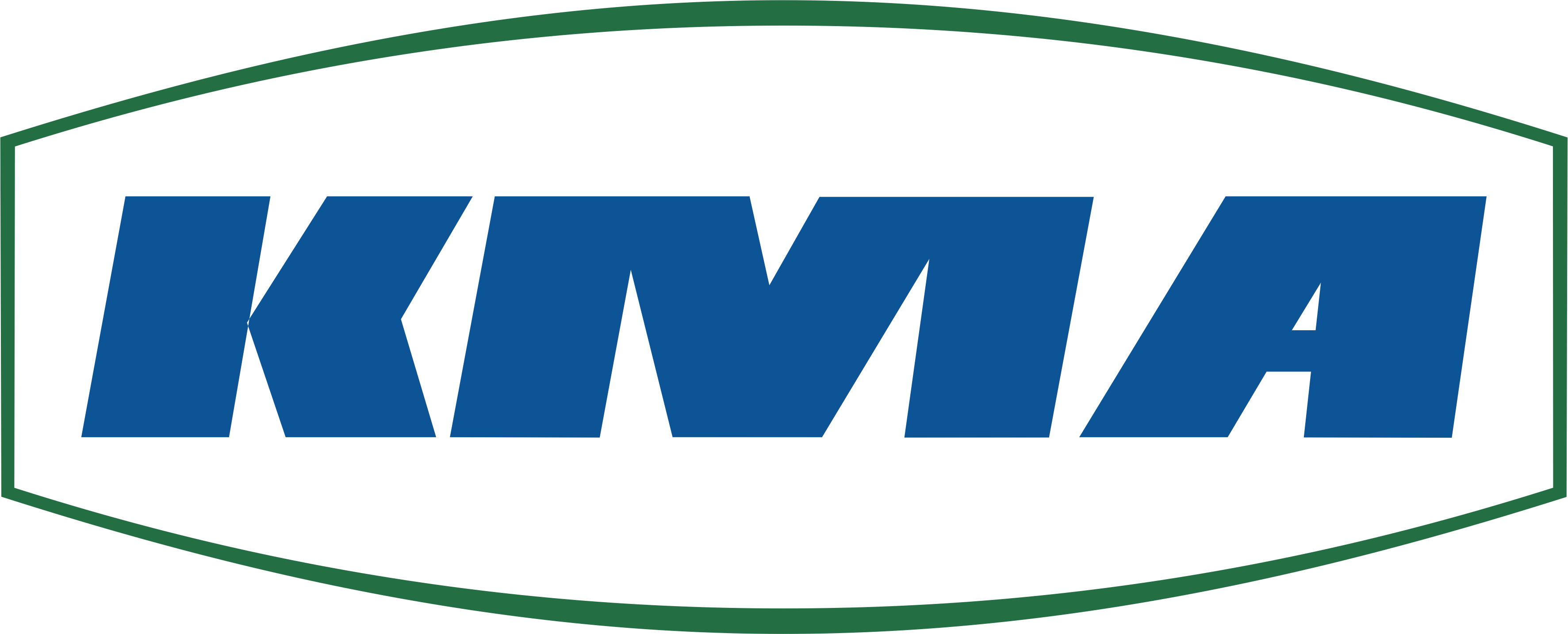ULTRAVENT®
ULTRAVENT® filter system

The ULTRAVENT® exhaust air purification system by KMA Umwelttechnik has been installed in over 2,000 production plants worldwide. ULTRAVENT® exhaust air filtration systems have a modular design and can therefore individually adapted with the various additional filter modules, e.g. for odor removal or to extract oils, the automatic filter cleaning system (CIP) or a heat recovery system. To adapt to increased requirements, it is possible to retrofit existing KMA filtration systems.
The exhaust air in companies in the metal, textile, plastic, rubber and food processing industries often contains a large number of different contaminants. These include tar-containing liquid droplets, oily and pasty aerosols, VOC (volatile organic compounds), as well as very fine solid particles. Thanks to its modular design, the KMA ULTRAVENT® exhaust air purification system can be specifically adapted to production requirements and their exhaust air conditions. To efficiently separate the contained impurities, KMA’s environmental engineers first take detailed measurements to determine the degree of contamination, volume, flow velocities and temperature of the process exhaust air. Based on this knowledge, KMA determines the framework parameters: performance and filtration stages. This allows for the KMA ULTRAVENT® exhaust air filtration system to be seamlessly integrated into existing production processes.
The electrostatic precipitator is the heart of the KMA ULTRAVENT® exhaust air filtration system. Inside the electrostatic precipitator an ionization electrode generates a strong electric field with little energy input. Due to the charge difference, particles, aerosols and other impurities in the incoming exhaust air are driven to the collector plates or inner walls of the electrostatic precipitator module where they settle, while liquid components run downwards under the effect of gravity. The liquid compontents flow into an external tank to be recycled, treated and reused if requested. Thanks to its efficient technology, the KMA electrostatic precipitators achieve a separation efficiency of up to 99.8%. Furthermore, the ULTRAVENT® exhaust air purification system can be combined with other components – for example for odor elimination, heat recovery or filter cleaning.
In the various areas application areas of the KMA ULTRAVENT® the recovery of process waste heat and a constant separation efficienty of impurities in the exhaust air stream play a particularly important role.. In order to protect employees, the environment and local residents, companies in these application areas have to comply with strict regulations on clean air quality and odor pollution. These requirements are defined in legal regulations on a national and regional level. For heat recovery, the KMA ULTRAVENT® can be equipped with a heat recovery system consisting of a highly efficient heat exchanger and an innovative thermal heat pump. Through the KMA heat exchanger, valuable process waste heat is extracted from the exhaust air flow and recovered for subsequent processes, such as the heating of process water or the heating of production halls and other premises.
In a heat exchanger, the exhaust air is directed through piping filled with a carrier medium (air, gas or liquid) in a set angle. The angle depends on the type of heat exchanger – the most common are co-flo, cross-flow or counter-flow heat exchangers. Inside a heat exchanger, an air flow, e.g. hot production exhaust air, transfers its heat to the carrier medium inside the piping. The carrier medium absorbs the heat and releases it to the second air flow, e.g. clean fresh air. Depending on the application and customer requirements, KMA heat exchangers can be supplemented by implementing the high-performance KMA Ambitherm® thermal heat pump. The thermal heat pump also works based on a carrier medium. In the closed system of the thermal heat pump the carrier medium is heated due to the high temperature process waste heat causing it to evaporate. Using a compressor, this vapor is compressed further which in turn produces heat. This heat is released into the environment or can be used for subsequent production steps.
In cases of strong odor contamination, KMA ULTRAVENT® exhaust air purification systems are combined with a UV light module or an activated carbon filter. The KMA UV light module removes odor-intensive molecules in the exhaust air stream through photo oxidation. The activated carbon filter, based on the absorption principle, binds aerosols and smallest residues in the exhaust air due to the particular surface structure of activated carbon. The result is a high degree of separation of impurities and odorous substances from the exhaust air stream. If required, the KMA ULTRAVENT® can also be combined with an exhaust gas scrubber. The exhaust gas scrubber removes minuscule droplets and solid particles by means of a washing liquid.
Like all KMA exhaust air filter systems, the KMA ULTRAVENT® can also be equipped with the automatic filter cleaning system CIP. Conventional filter systems experience high material wear, due to the build-up of filtration residues, therefore requiring regular replacements of filter components. Thanks to the automatic filter cleaning system (CIP), this does not apply to the KMA ULTRAVENT®. The filter cleaning system runs fully automatic and can be individually adapted to the production cycle of the production machines. Similar to a dishwasher, the CIP reliably removes the filter cake and other residues, which have accumulated inside the precipitator cells and other filter components. This procedure guarantees the permanent high separation efficiency of the KMA ULTRAVENT®.
Besides the high separation efficiency of impurities and the efficient heat recovery, the KMA ULTRAVENT® is also characterized by its high energy efficiency. It only requires the energy input of a 100W light bulb to efficiently purify 5000m3/h of exhaust air. Furthermore, the heat recovery system recovers energy from the production process, which reduces energy consumption and CO2 emissions effectively and long-lastingly.
Related links
Related posts







